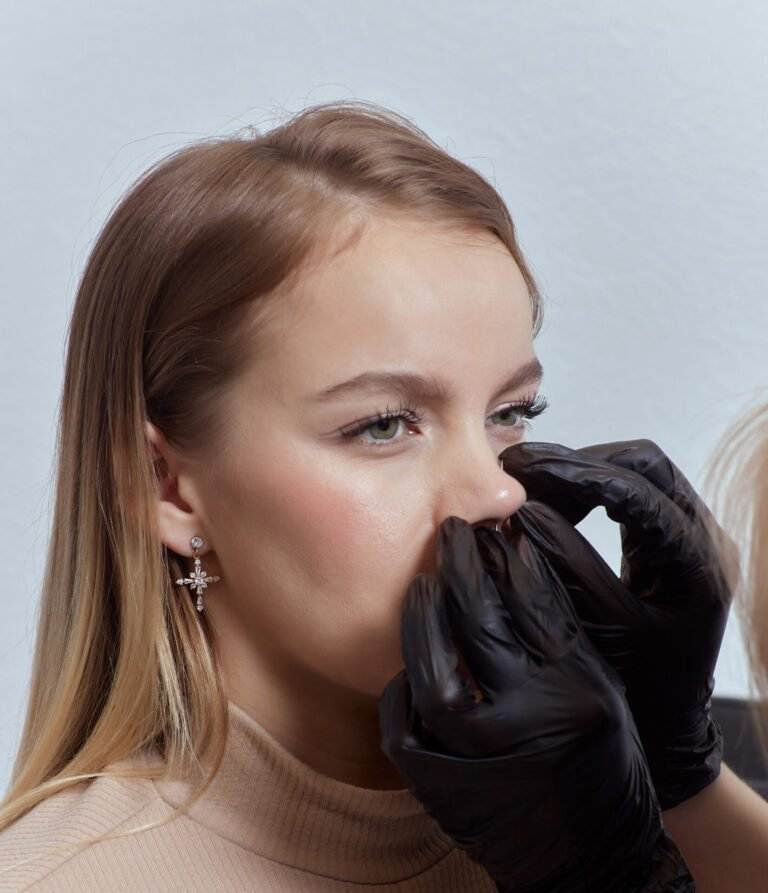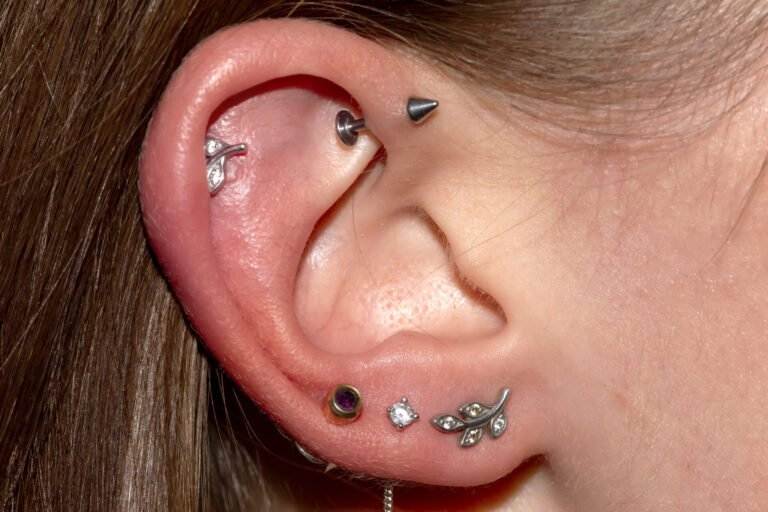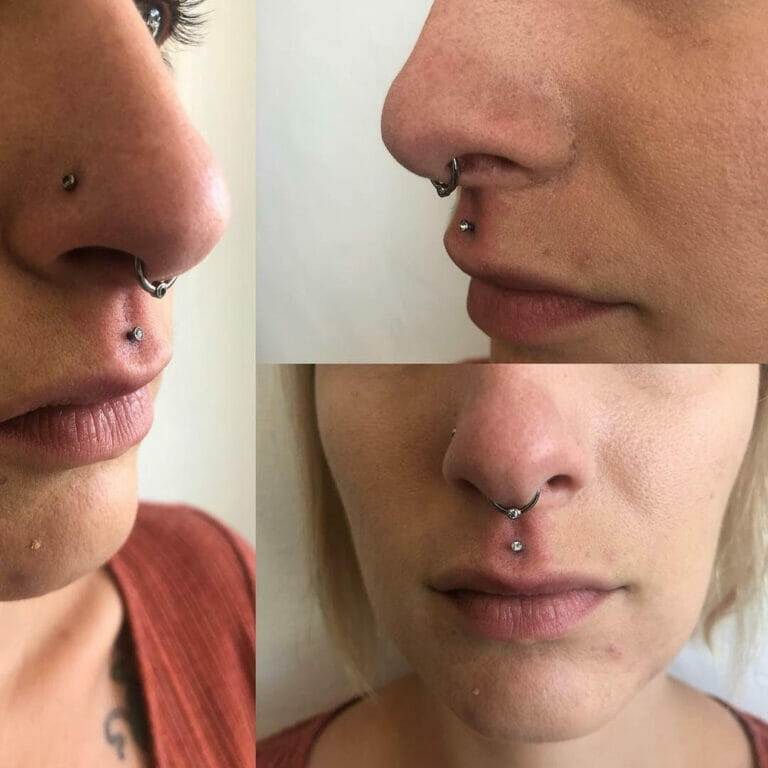Introduction
Importance of Healing Times for Piercings
Understanding healing times for piercings is crucial for anyone considering body modifications. Healing times vary significantly depending on the type of piercing and the individual’s body. Proper healing ensures that the piercing not only looks good but also minimizes the risk of complications such as infections or scarring. It’s vital to provide the body with the necessary time to heal, as this will contribute to a more comfortable and less troublesome experience. Here are a few reasons why knowing healing times is important:
- Health and Safety: A properly healing piercing reduces the risk of infections, ensuring a healthier body modification journey.
- Aftercare Protocols: Different piercings have varying aftercare needs, and knowing how long the healing process takes can guide the aftercare approach.
- Aesthetic Results: Many people desire piercings for aesthetic reasons; allowing adequate healing time helps achieve the best visual outcome.
Having a general timeline serves as a roadmap for individuals, allowing them to plan activities while ensuring sufficient care.
Factors Affecting Healing Times
Several factors influence how quickly (or slowly) a piercing heals. Recognizing these can help set realistic expectations.
- Location of the Piercing: Some areas of the body have different rates of blood flow, which can affect healing times. For instance, cartilage piercings in the ear may take longer to heal than earlobe piercings.
- Personal Hygiene: Those who maintain rigorous hygiene routines often experience quicker healing times. Regular cleaning and care will keep the area free from bacteria.
- Body’s Healing Capacity: Each person’s body has unique healing abilities; factors like nutrition, hydration, and overall health play significant roles in the recovery process.
- Type of Jewelry Used: The material of the piercing jewelry matters; hypoallergenic options may promote faster healing compared to others that might irritate the skin.
Understanding these key factors can aid individuals in managing their expectations and allow for better preparation, enhancing the overall experience of getting a piercing.
Ear Piercings
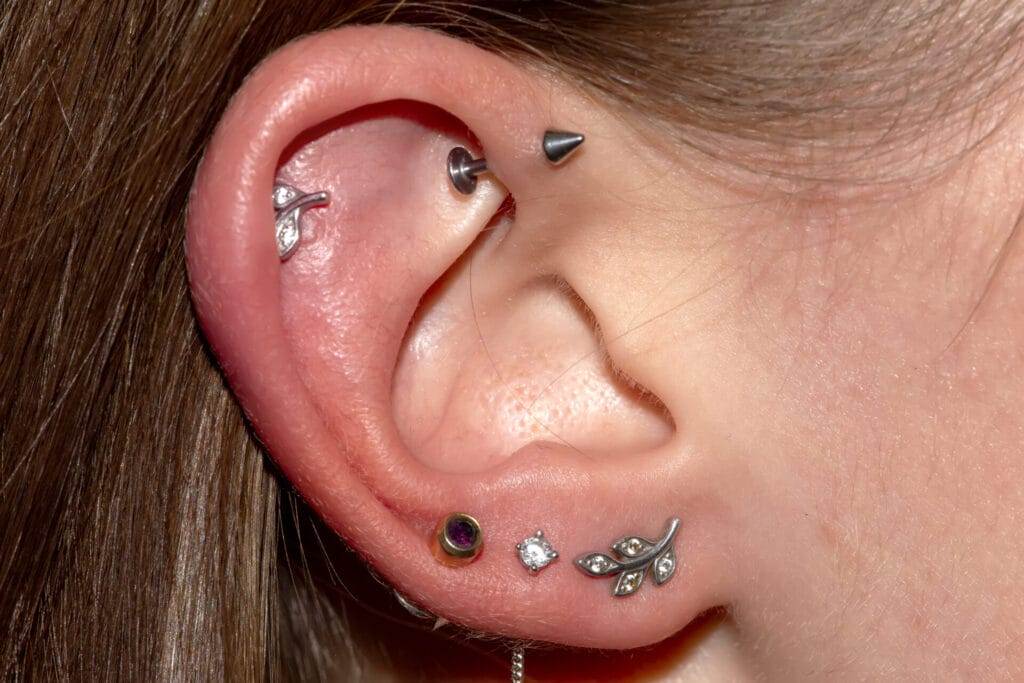
Healing Time for Earlobe Piercings
Earlobe piercings are among the most common types of ear piercings, largely due to their placement and ease of healing. Generally, earlobe piercings heal quite quickly, usually taking about 6 to 8 weeks for complete healing. However, this timeline can vary based on individual factors. During the healing process, proper aftercare is essential. Here are some aftercare tips to ensure a smooth recovery:
- Clean Regularly: Clean the piercing site with saline solution or a mild antiseptic to prevent infection.
- Avoid Touching: Refrain from playing with or touching the jewelry unnecessarily, as this can introduce bacteria.
- Wear Appropriate Jewelry: Ensure that you start with high-quality jewelry, ideally made from materials like titanium or surgical steel, to reduce the risk of irritation.
Hearing stories from friends or family who have undergone similar procedures can be reassuring. Many report minimal discomfort during the healing process, affirming that earlobe piercings are a great introduction to body modifications.
Healing Time for Cartilage Piercings
In contrast to earlobe piercings, cartilage piercings, which are situated in the upper portion of the ear, require a significantly longer healing time. On average, cartilage piercings take about 3 to 12 months to fully heal, primarily due to the cartilage’s lower blood flow compared to the soft earlobe tissue. Several factors can impact this healing duration:
- Placement: Different areas of cartilage (like the helix or tragus) may have slightly different healing times.
- Aftercare Compliance: Rigorous adherence to aftercare routines can facilitate a faster healing process.
To foster a successful healing environment, consider these tips:
- Gentle Handling: When cleaning or touching the area, be gentle to avoid irritation.
- Sleep Position: Try to avoid sleeping on the side of the new piercing to prevent pressure and discomfort.
- Limit Activities: Activities that may result in trauma to the ear, such as sporting events, should be minimized during the healing phase.
Understanding the differences in healing times between earlobe and cartilage piercings can help individuals make informed decisions, ensuring they are prepared for the journey ahead.
Facial Piercings

Healing Time for Nose Piercings
Nose piercings have gained immense popularity in recent years, serving as a stylish and expressive form of self-adornment. Typically, nose piercings, whether they are on the side (nostril) or through the septum, usually take about 2 to 4 months to heal completely. However, individual differences can lead to varied healing experiences. Aftercare plays a crucial role in promoting healing. Here are some effective tips to ensure your nose piercing heals properly:
- Keep It Clean: Gently clean the area with saline solution or a dedicated piercing cleanser twice a day. Avoid harsh soaps or alcohol, which can irritate the skin.
- Avoid Jewelry Changing: Resist the temptation to change your jewelry until it is fully healed, as this can disrupt the healing process.
- Stay Away from Irritants: Avoid products like makeup and facial sprays near the piercing during the early healing stages.
Personal testimonies from individuals reveal that while some might experience minor swelling or tenderness initially, most find the healing process smooth and manageable with diligent care.
Healing Time for Lip Piercings
Lip piercings, which include labrets, piercings through the lip, and various placements around the mouth, offer a bold aesthetic. These piercings typically take anywhere from 2 to 4 months to heal, but, as with nose piercings, individual experiences may vary. Several factors can influence healing time, such as:
- Location of Piercing: Different types of lip piercings, such as vertical lip piercings or side labrets, may have slightly different healing timelines.
- Oral Hygiene: Because of their proximity to the mouth, maintaining excellent oral hygiene is crucial for preventing infections.
To support a successful healing process, consider the following tips:
- Use Mouthwash: Rinse with a non-alcoholic mouthwash after meals to keep the area clean.
- Watch What You Eat: Avoid overly spicy or acidic foods that can irritate the piercing.
- Be Mindful of Jewelry: Opt for jewelry that allows for some movement; it should not be overly tight or loose.
By understanding the unique healing times and care methods associated with facial piercings, individuals can ensure a more comfortable and successful healing journey, enhancing their overall piercing experience.
Oral Piercings
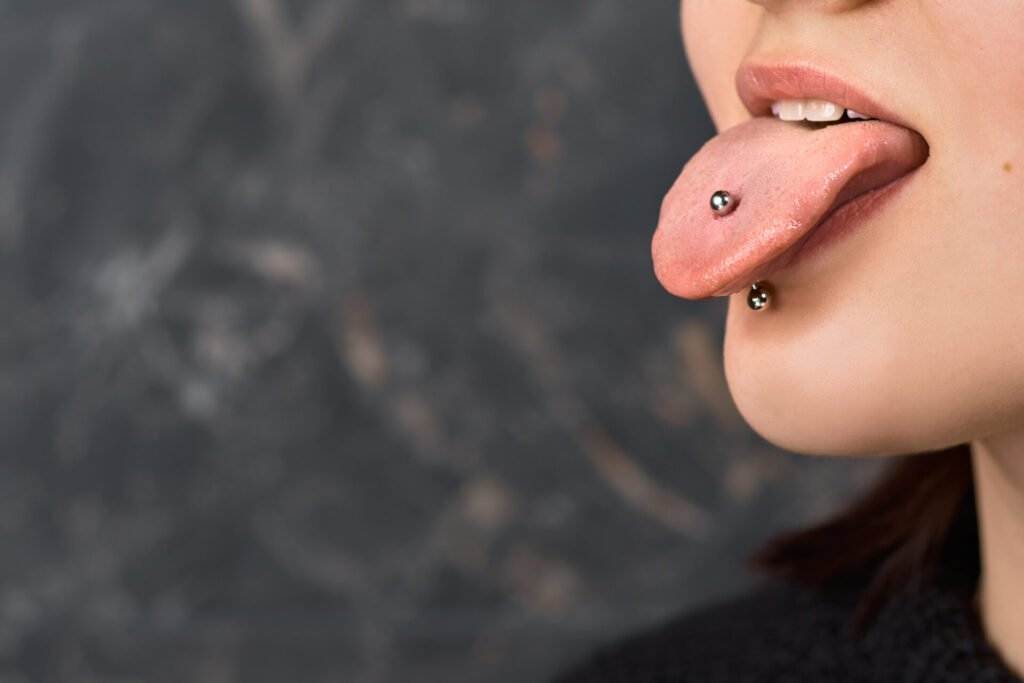
Healing Time for Tongue Piercings
Tongue piercings are among the most popular oral piercings, often celebrated for their beauty and the unique flair they add to one’s appearance. Generally, tongue piercings tend to have a relatively quick healing time, typically taking about 4 to 6 weeks for most people. However, as with any body modification, individual experiences can vary significantly. Several factors contribute to the healing process of a tongue piercing:
- Saliva Production: The mouth’s natural saliva helps in healing, but it also introduces potential bacteria. Thus, while saliva aids the healing, good oral hygiene remains crucial.
- Post-Piercing Swelling: Expect some swelling right after the piercing, which is completely normal. This should subside within a week or two.
To ensure a smooth healing journey, here are a few practical aftercare tips:
- Rinse with Salt Water: Gently rinse your mouth with salt water or a non-alcoholic mouthwash after meals.
- Stay Hydrated: Drink plenty of water to keep your mouth moist and enhance healing.
- Choose Soft Foods: For the first few days, opt for softer foods to minimize discomfort.
Many individuals report a swift healing process with proper care, making tongue piercings an excellent choice for those looking to explore oral body modifications.
Healing Time for Lip Piercings
Lip piercings are another exciting form of oral body art that enhances one’s facial features. Typically, these piercings can take about 2 to 4 months to heal completely. However, the healing duration may vary based on placement and individual care. Here are some factors to consider that may influence this period:
- Piercing Location: Various lip piercings, such as medusa, labret, or vertical lip, might have different healing timelines depending on their proximity to sensitive areas.
- Oral Care: Given the location’s exposure to saliva and food, maintaining good oral hygiene is critical.
For a successful healing experience, individuals should adhere to the following recommendations:
- Rinse Regularly: Use a non-alcoholic mouthwash or saline rinse to keep the area clean.
- Avoid Kissing: Limit kissing and other oral contact during the healing process to prevent infections.
- Be Mindful of Jewelry: Ensure that the jewelry is properly fitted; avoid jewelry that is too tight, which can irritate the piercings.
By taking the necessary precautions and understanding the healing times involved, individuals can fully enjoy their oral piercings while minimizing discomfort and complications. This knowledge empowers them to engage confidently in their body art journey.
Body Piercings

Healing Time for Navel Piercings
Navel piercings have surged in popularity, particularly during summer months when they can be prominently displayed with crop tops and swimwear. However, they do come with their specific healing challenges. On average, navel piercings take about 6 months to 1 year to fully heal, making them one of the longer healing piercings compared to others. Several factors contribute to this extended healing time:
- Body Position: The navel is often rubbed against clothing, which can irritate the piercing and slow down the healing process.
- Aftercare Routine: Individuals who follow a consistent aftercare routine will often experience smoother healing.
For effective healing, consider these aftercare tips:
- Keep It Clean: Use saline solutions or mild soaps to clean the area regularly.
- Avoid Tight Clothing: Opt for loose-fitting clothing that won’t exert pressure on the navel piercing.
- Limit Pool and Ocean Exposure: During the healing phase, try to minimize exposure to chlorinated or salty water, as these can irritate the piercing.
With a conscientious approach to care, many people report positive experiences as their navel piercings heal over time, leading to a beautiful result.
Healing Time for Nipple Piercings
Nipple piercings, while not as commonly discussed, are a bold form of self-expression and can be incredibly rewarding once healed. Typically, nipple piercings take around 3 to 6 months to heal, but individual experiences may vary based on factors such as healing capacity and aftercare. Several elements can influence the healing time:
- Sensitivity and Care: The nipples are sensitive areas, so it’s important to treat them gently during the healing process.
- Jewelry Selection: Using high-quality jewelry made from biocompatible materials, like titanium, can enhance the healing experience.
To support optimal healing, incorporating the following practices can be very beneficial:
- Gentle Cleaning: Clean the area with saline solution, being careful to avoid aggressive movements that could cause irritation.
- Avoiding Certain Activities: Limit contact sports, which may put undue strain on the piercings, especially during the initial weeks.
- Wearing Supportive Bras: Opt for comfortable bras that provide support without excessive pressure on the piercings.
Understanding the nuances of healing times for body piercings such as navel and nipple piercings helps individuals make informed decisions about their body art. By engaging in proper aftercare and maintaining realistic expectations, one can navigate the healing journey with confidence, ultimately leading to a gratifying outcome.


